Joe Figel received a PhD in Conservation Biology from the University of Central Florida in 2017. In collaboration with Universitas Syiah Kuala, he investigates the status, ecology, and ethnobiology of Sumatran tigers in Aceh, Sumatra.
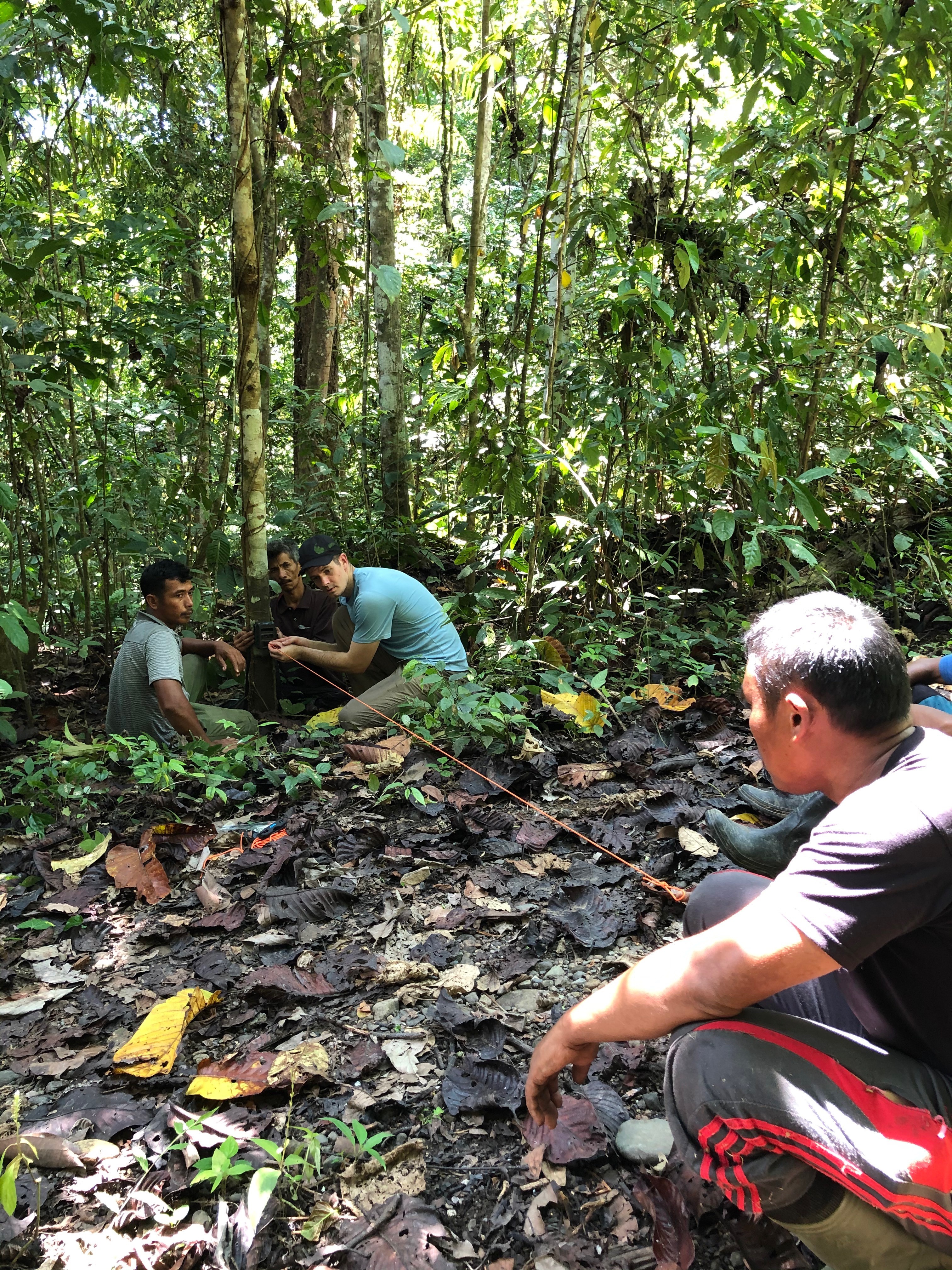
The critically endangered tigers of Southeast Asia – Sumatran tigers (Panthera tigris sumatrae) and Malayan tigers (Panthera tigris jacksoni) – are the least studied of the remaining five tiger subspecies. Knowledge of Sumatran tiger ecology pales in comparison to the comprehensive data collected from long-term field studies of Bengal tigers (Panthera tigris tigris) in India and Nepal. This discrepancy is significant because effective tiger management and conservation is dependent upon accurate assessments of populations and threats.
Reasons for the relative lack of data from Sumatra are varied but one of the more interesting explanations can be summed up in one word: topography (Fig. 1). Whereas most Bengal tigers occur in accessible lowland tropical forests, savannahs and grasslands, the vast majority of tiger distribution in Sumatra overlaps the rugged Barisan mountain range. Spanning ~1,650 km (1,025 miles) across the length of western Sumatra, the Barisan range is one of the longest in Asia (Fig. 2). With peaks reaching elevations of 3,800 meters (12,467 feet), it contains vast tracts of roadless, montane rainforest (Fig. 3).
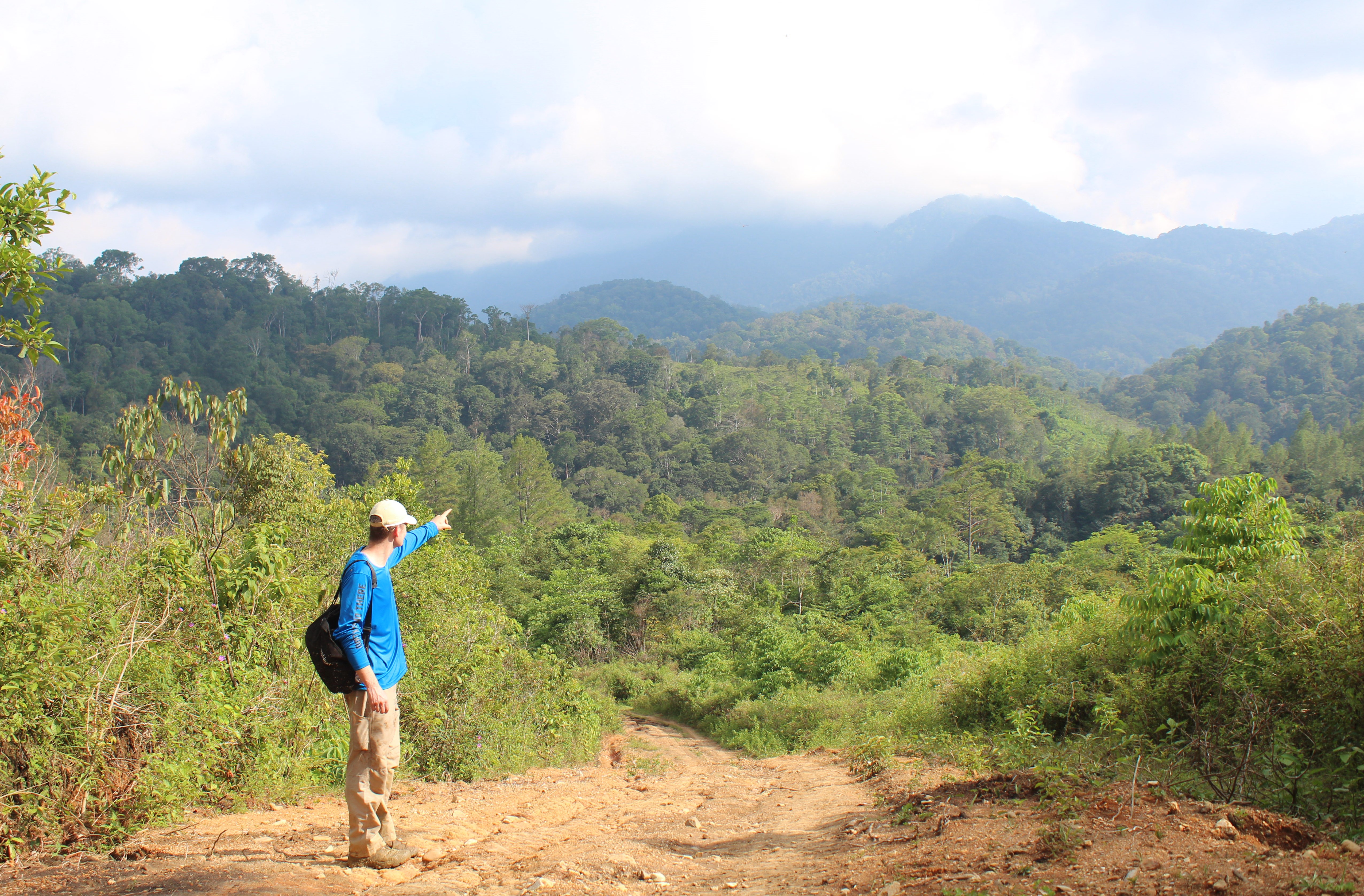 Figure 1. The author pointing toward one of the more formidable peaks in his study area in Central Aceh, Sumatra.
Figure 1. The author pointing toward one of the more formidable peaks in his study area in Central Aceh, Sumatra.
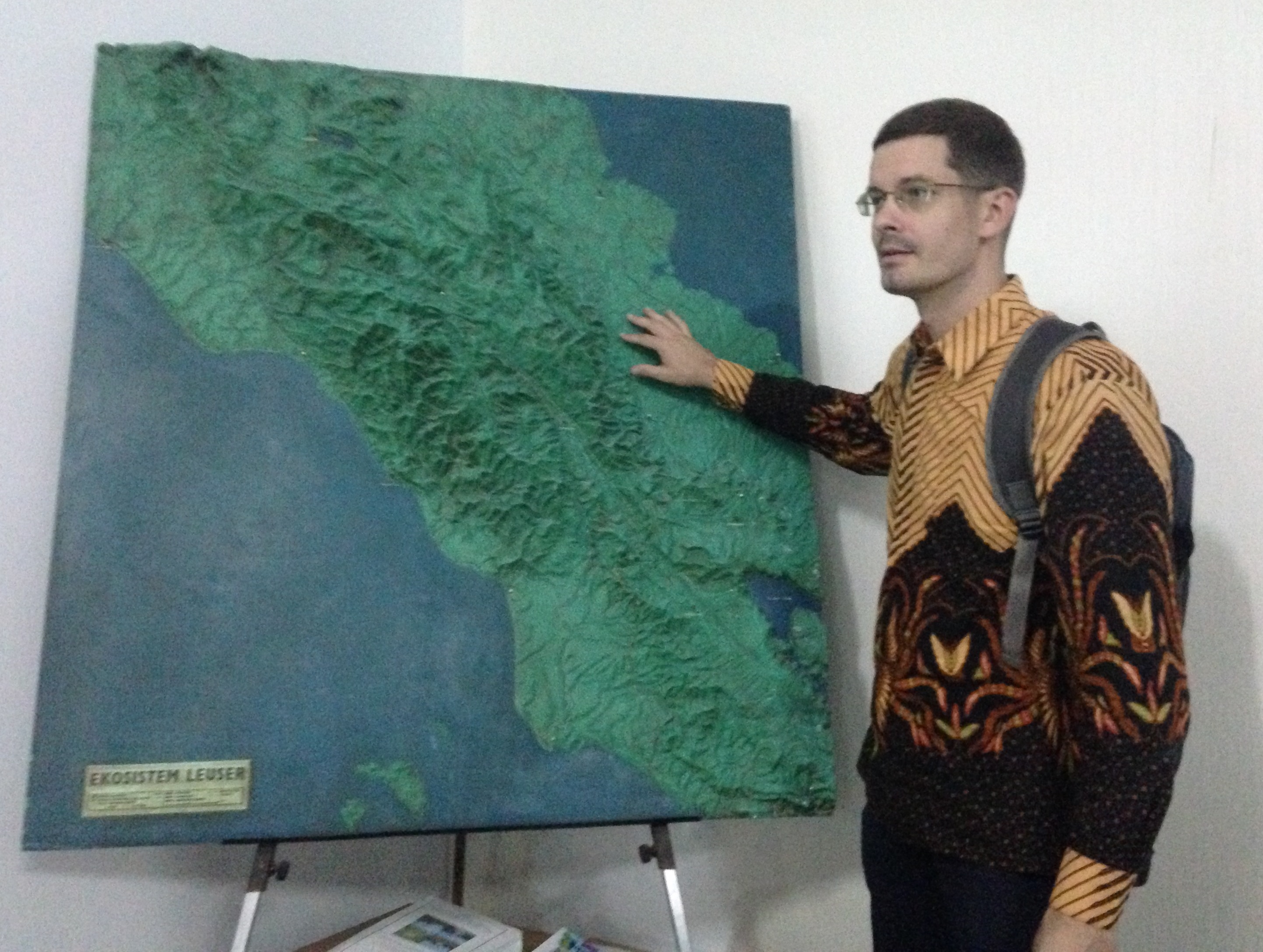 Figure 2. The author examining a raised relief map of the Leuser Ecosystem, located in the southern portion of his study area.
Figure 2. The author examining a raised relief map of the Leuser Ecosystem, located in the southern portion of his study area.
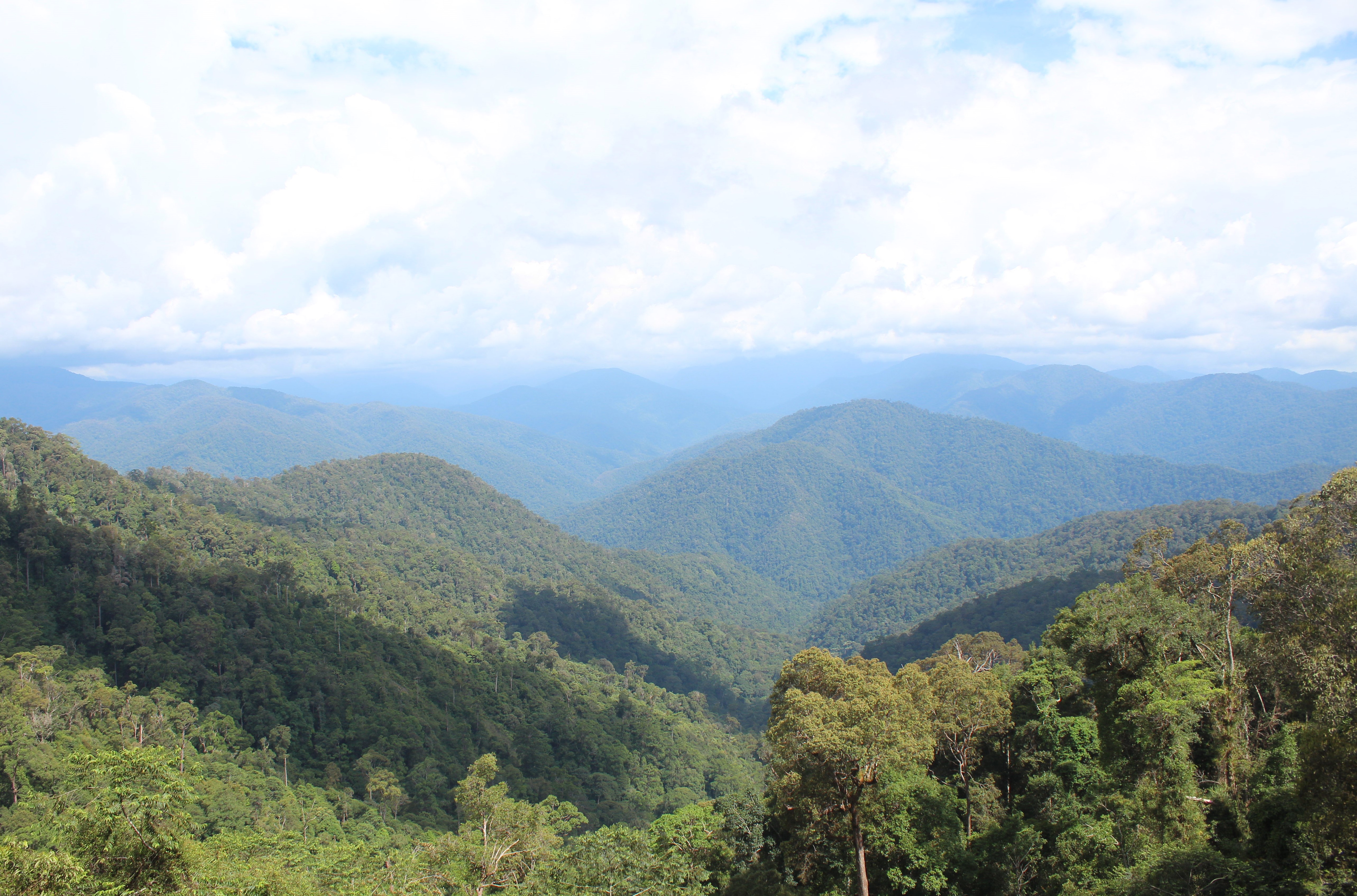 Figure 3. The rugged and roadless topography of northern Sumatra provides important refuge for tigers but also presents severe logistical challenges for the naturalist trying to study them.
Figure 3. The rugged and roadless topography of northern Sumatra provides important refuge for tigers but also presents severe logistical challenges for the naturalist trying to study them.
For Sumatran tigers, which historically favored lowland forests (Fig. 4), the mountains present an interesting dichotomy. Although they provide the big cat with greater refuge from human disturbance, montane habitats generally do not support prey populations as robust as those in the rich, alluvial floodplains of the lowlands. I immediately suspected a depauperate prey base in these rugged areas which, as I witnessed during fieldwork, were often frequented by local hunters (for food) and outside poachers (to supply the rampant, illegal wildlife trade). Tiger prey–especially deer– is critical for tiger reproduction, survival, and recovery.
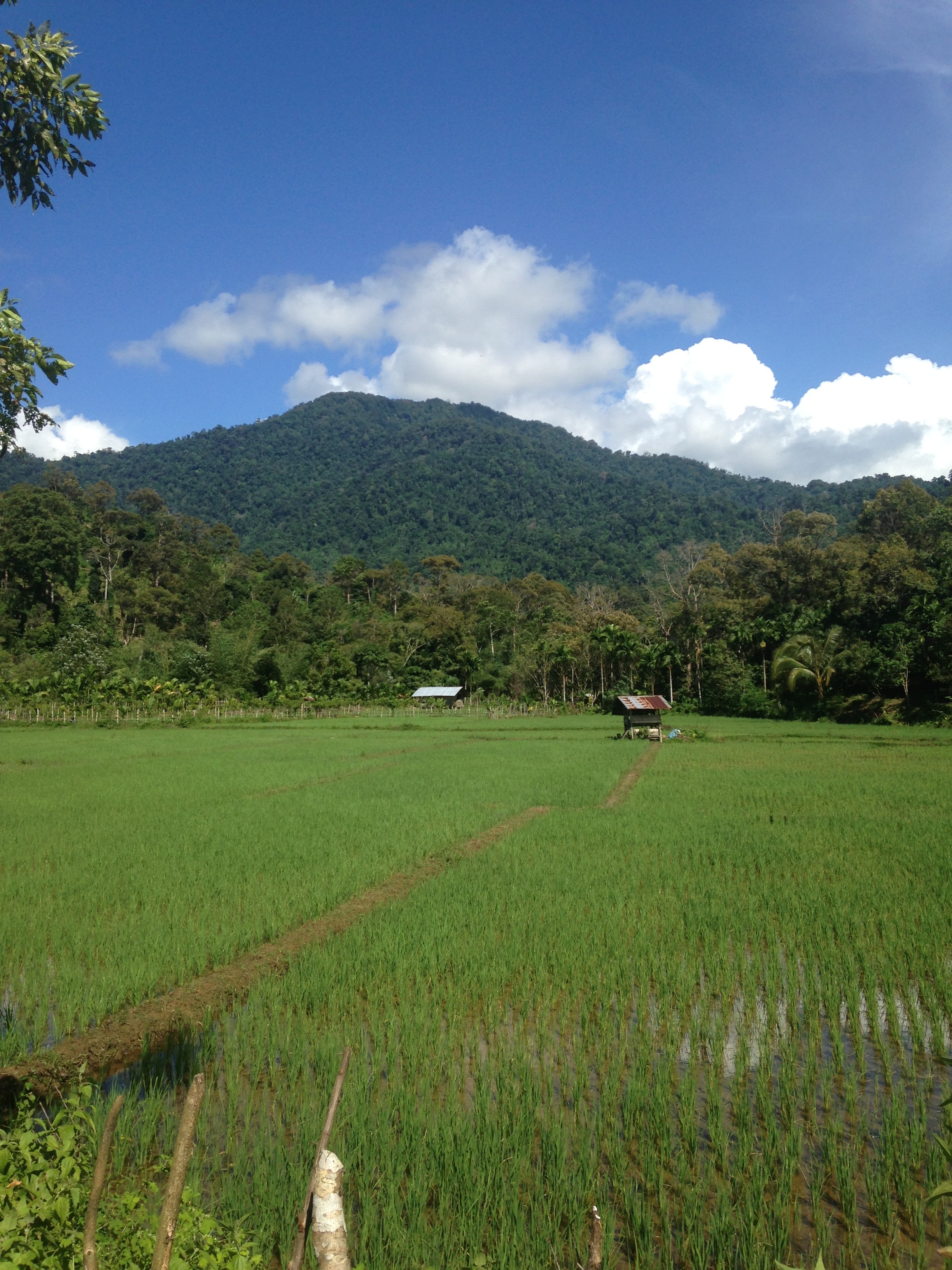 Figure 4. The lowland forests of Sumatra are mostly degraded and deforested, typically converted to agriculture such as the rice paddy pictured here.
Figure 4. The lowland forests of Sumatra are mostly degraded and deforested, typically converted to agriculture such as the rice paddy pictured here.
Thus, in collaboration with Universitas Syiah Kuala, a main research objective is to assess the status of prey populations in the montane forests. The most effective and cost-efficient way to do this is with camera-traps, which facilitate systematic inventories of wildlife communities. Fortunately, before the COVID-19 suspension, our project field teams (Figs. 5–7) managed to install numerous cameras at elevations ranging from 603–2622 meters (1,978 – 8,602 feet) (Figs. 8–10). With the rest of the world at a collective standstill, these cameras continue to operate, day by day, click by click. Over the next several months, they will serve as our eyes in the forest.
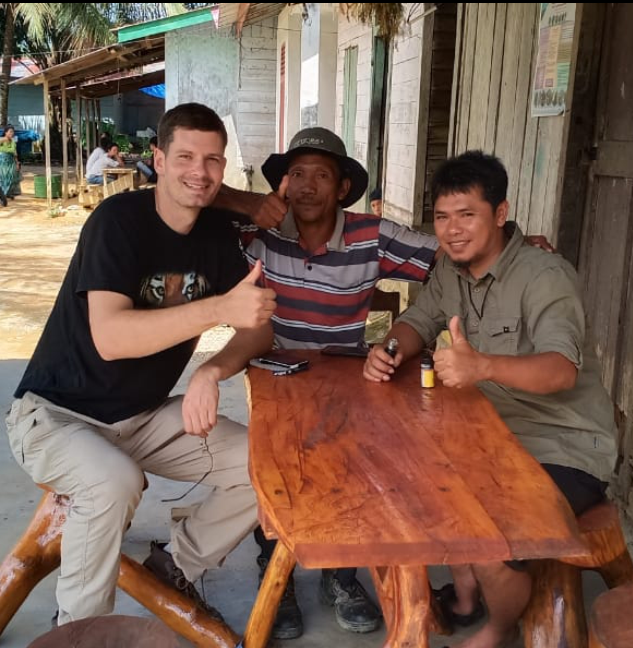 Figure 5. The field team in South Aceh.
Figure 5. The field team in South Aceh.
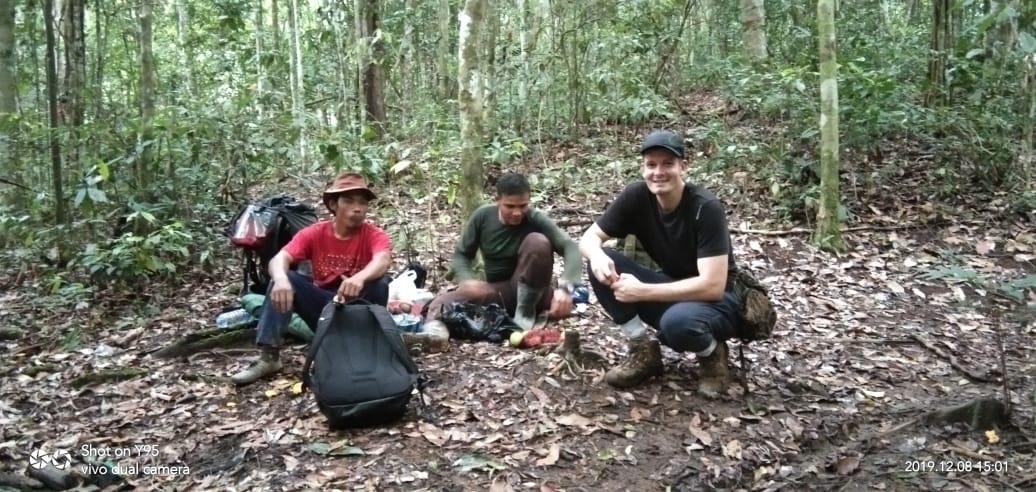 Figure 6. The field team in Central Aceh.
Figure 6. The field team in Central Aceh.
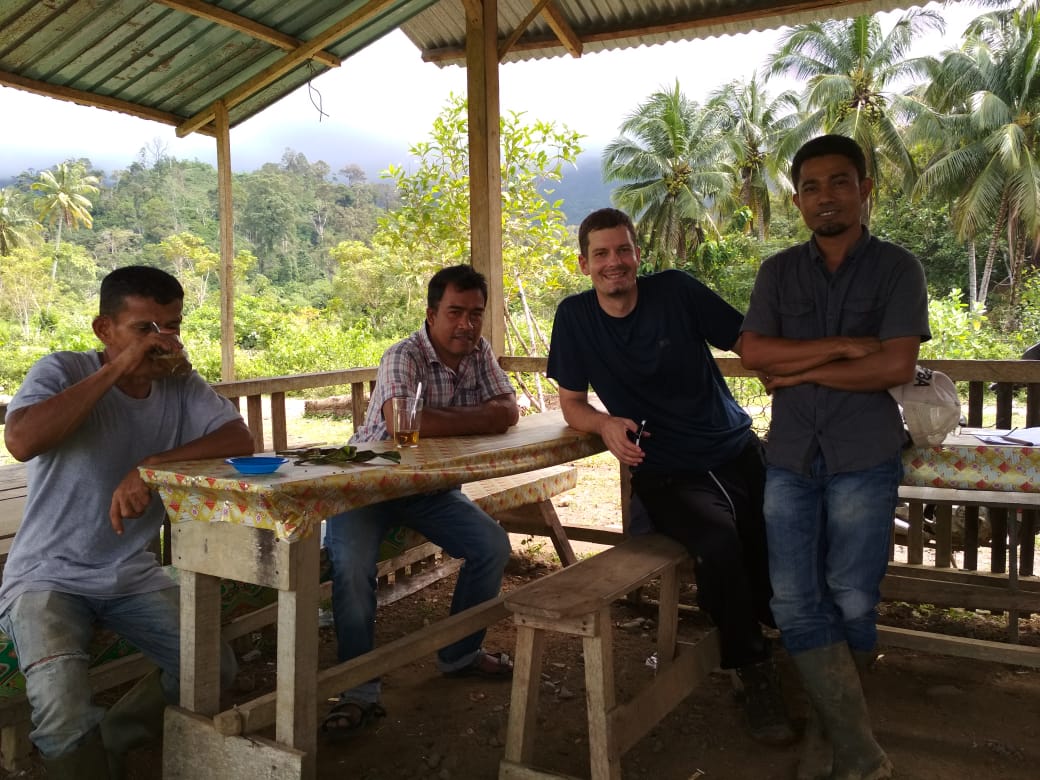 Figure 7. The field team in Aceh Besar.
Figure 7. The field team in Aceh Besar.
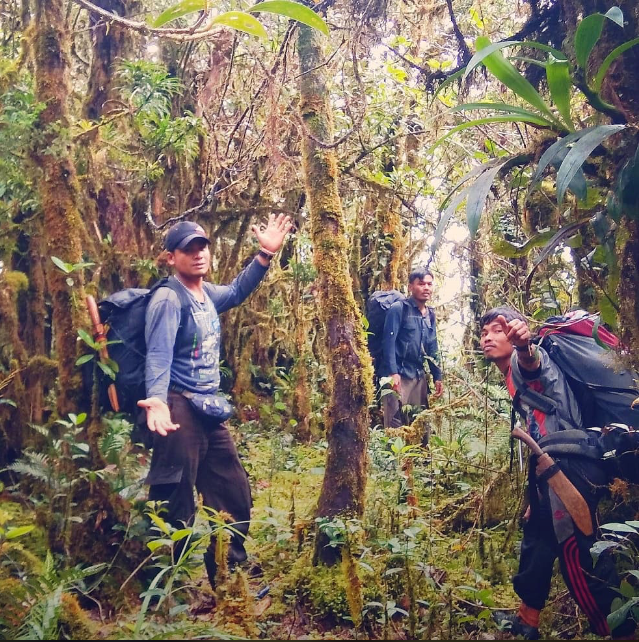 Figure 8. Field team during a trek through montane rainforest in Central Aceh.
Figure 8. Field team during a trek through montane rainforest in Central Aceh.
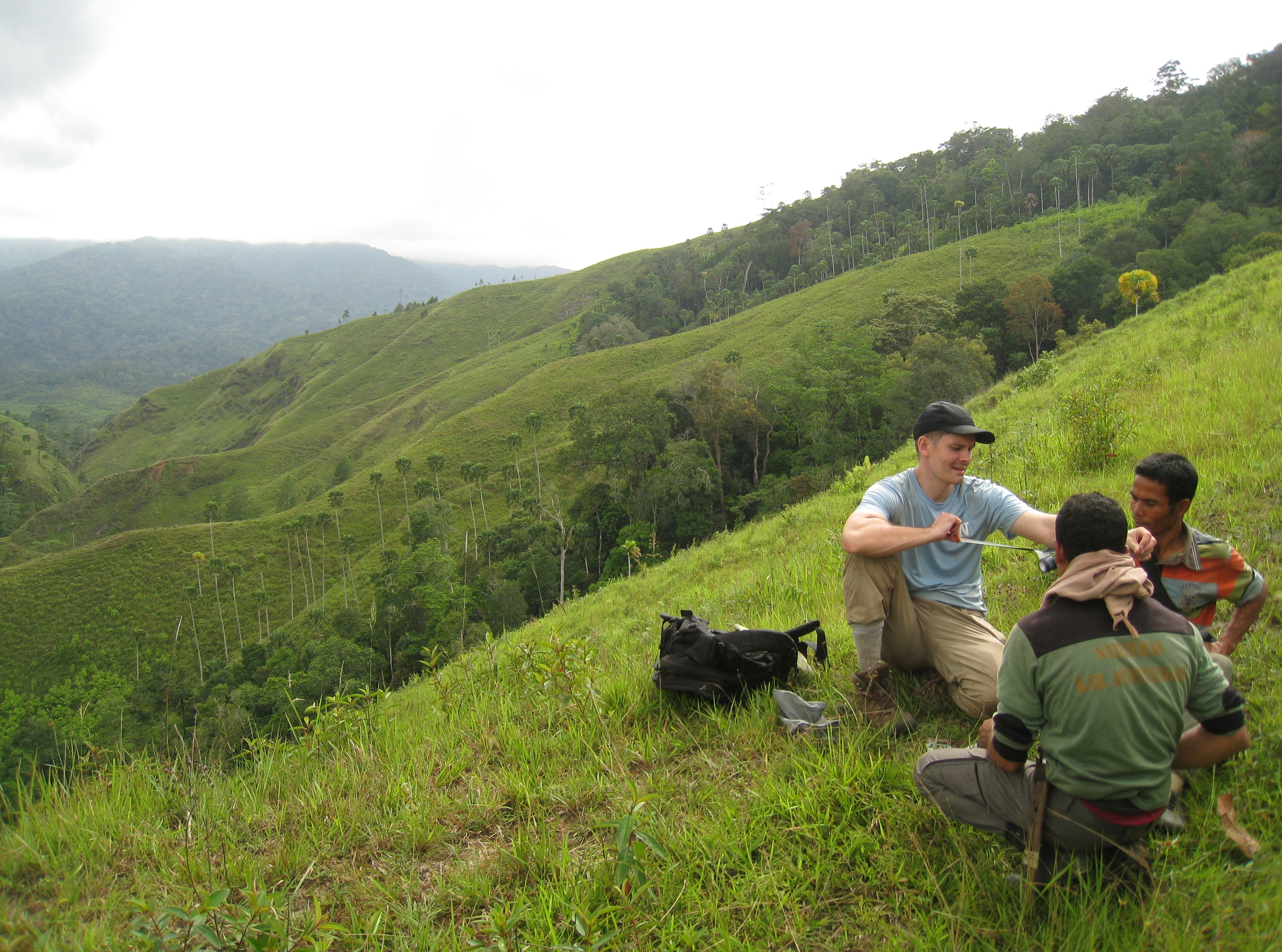
Figure 9. Preparing for camera installation at 650 meters (2,133 feet) in Central Aceh.
 Figure 10. Upon reaching the summit of these mountains, guides and I would scan the substrate for tiger sign and wonder how long it was since the elusive cats passed through. A day? A week? One year? Answers are currently in process, in the form of remote snapshots.
Figure 10. Upon reaching the summit of these mountains, guides and I would scan the substrate for tiger sign and wonder how long it was since the elusive cats passed through. A day? A week? One year? Answers are currently in process, in the form of remote snapshots.
As a Fulbright researcher, I am eager to see which elevations yield the most prey and I am curious to observe the extent to which tiger movements mirror prey distribution.
As an ambassador for the tigers of wild Sumatra, I look forward to sharing these images and accompanying stories in future posts.
Last Updated: Mar 30, 2024 @ 11:54 pm













